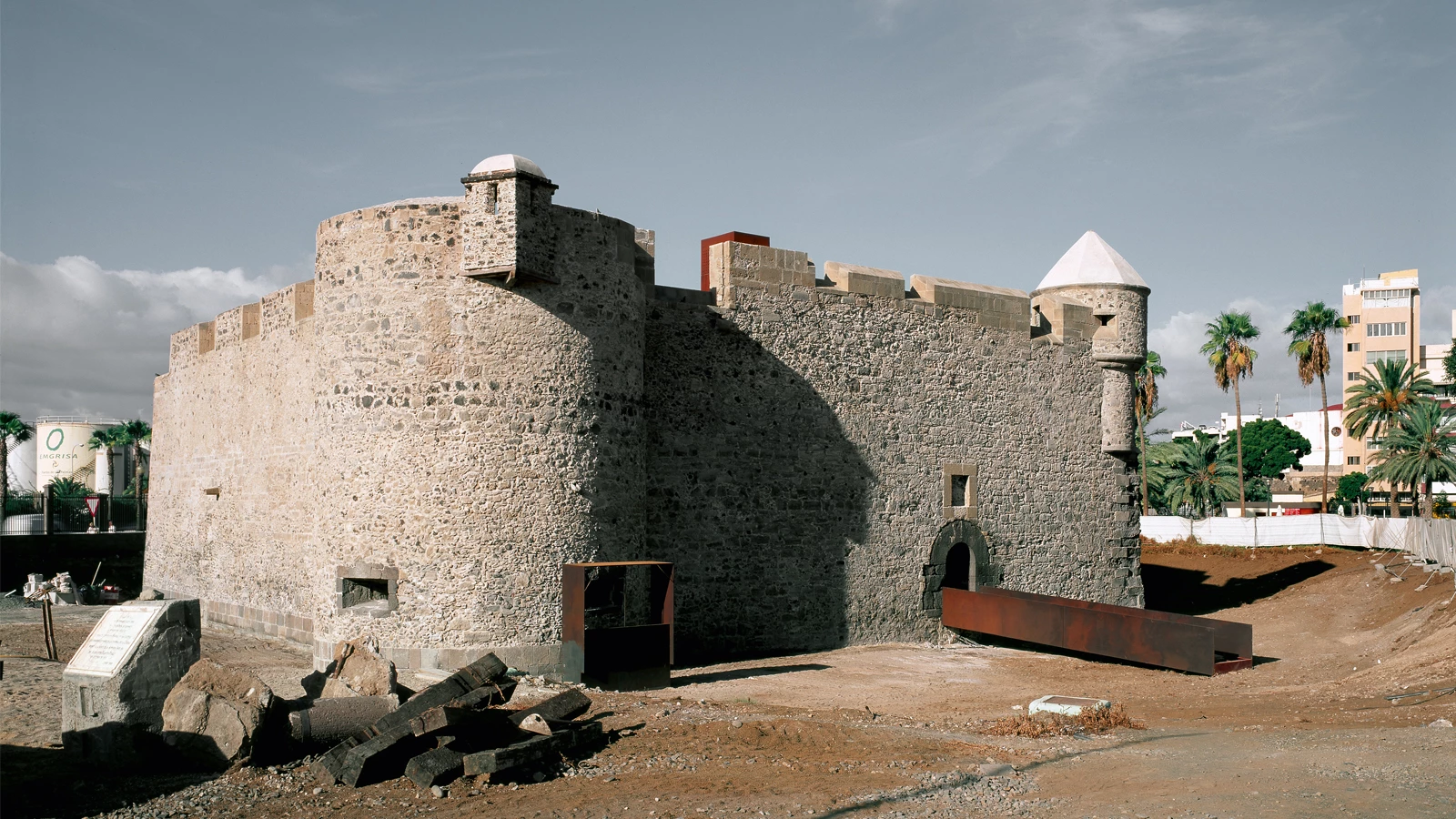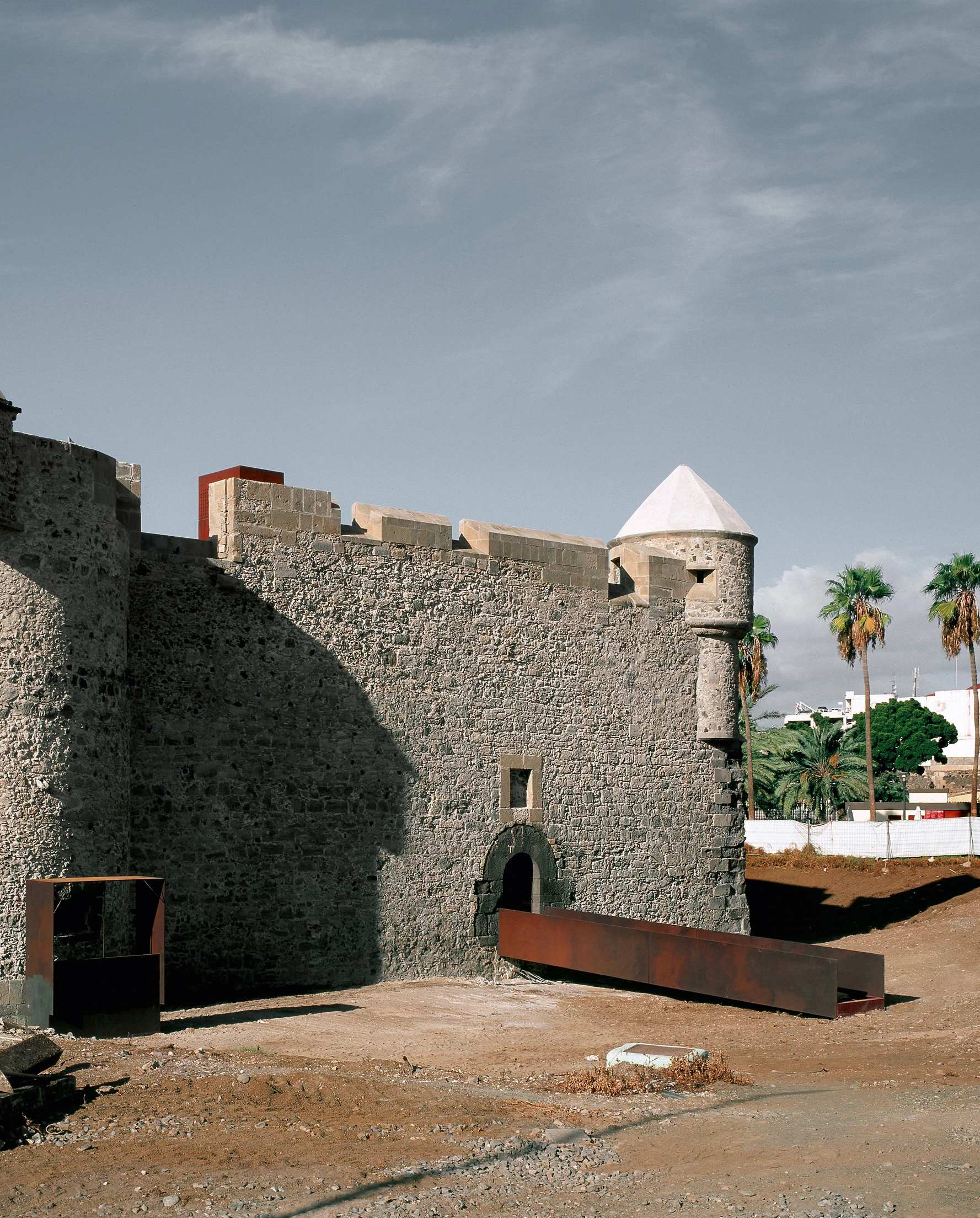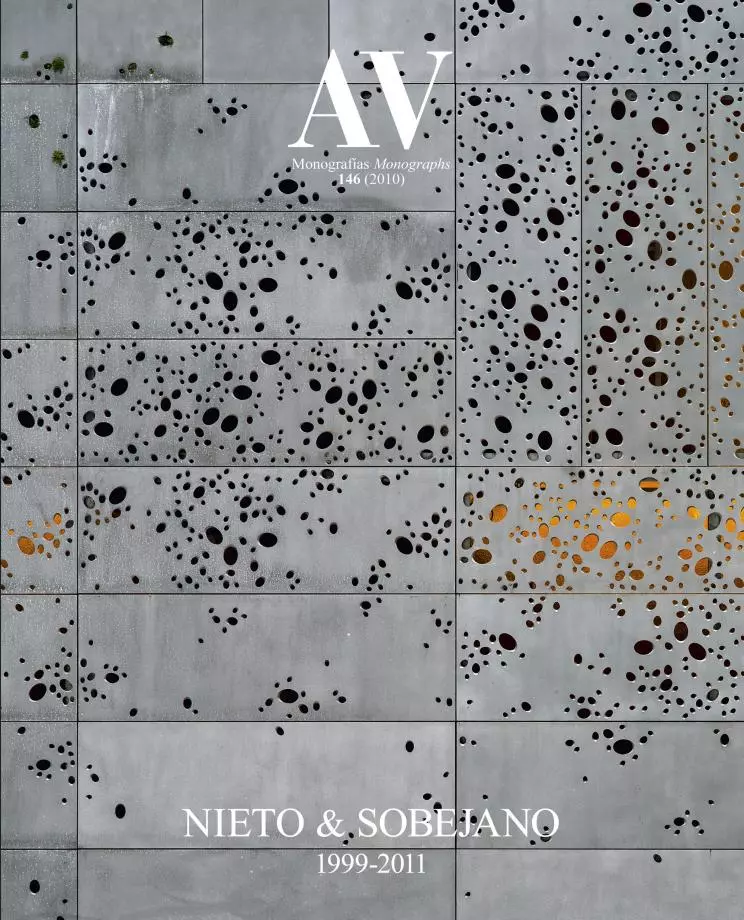La Luz Castle: a Concealed Void, Las Palmas
Nieto Sobejano Arquitectos- Type Museum Refurbishment Culture / Leisure
- Date 1999 - 2004
- City Las Palmas of Gran Canaria
- Country Spain
- Photograph Roland Halbe Paisajes Españoles Fernando Alda Rafael Tena
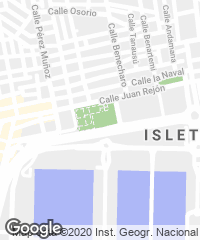

The first governor of the Canary Islands ordered the construction of a tower at the end of the 15th century, and when it was extended a few years later, the space located between the tower and the new perimeter walls was filled with earth to increase the building’s strength and resistance. That purely defensive need would become the structuring argument of our architectural proposal for the Castillo de La Luz (La Luz Castle). Located in La Isleta, the isthmus to which the Castilian ships that protected the city arrived, it concealed those primitive walls originally beat by the sea. The passage of time not only affected its initial use and preservation, but also the conditions of its closest environment: the old coastal fortress that was wrapped by the water during high tide became gradually surrounded by the structures of the Puerto de La Luz (Port of Las Palmas) and the growing city of Las Palmas. After being involved in battles at the end of the 16th century – in which the city was plundered, burnt and rebuilt –, the fortress kept its military role in gradual decline, reaching the 20th century in a state of ruin. In the 1960s however it was partially reconstructed to become an exhibitions gallery.
When undertaking the project to build in the historic castle that was to be transformed into a new exhibition space equipped with the installations appropriate to a contemporary museum, we decided to begin with a close reading of the circumstances of its own past: if during five centuries the space between the outer walls and the original tower had remained hidden, filled with earth, our task essentially consisted in emptying it, recovering the view of the primitive fortress, transformed now into the protagonist of the new museum. A void emerged there where there only used to be hardpan, a space up to now concealed to the view, covered with a white concrete slab that is separated from the stone walls of the old tower to let natural light pass through narrow cracks. Towards the exterior a recently built fake perimetral pit is taken apart to free up a vast surface of the terrain at the original level of the fortress, which allows perceiving its full dimension. A new partially buried pavilion makes the most of the unevenness that the growth of the city has produced throughout time, and adds complementary spaces for the museum: access, shop, restrooms, storage and multipurpose hall. A thin horizontal platform that barely emerges from the terrain will be the only visible trace of an intervention that tries to go unnoticed next to the building it serves and complements.
Any contemporary intervention on the historical heritage generates a difficult relationship, and on some occasions like this one it becomes the expression of a direct and clear answer to the apparently insignificant circumstances that only demanded a basic action: rather than rebuilding or refurbishing the La Luz Castle, we have simply emptied it, revealing its concealed past, now transformed into a space filled with light – as if it were paying tribute to its name – by means of an architecture that displays itself and its own history.

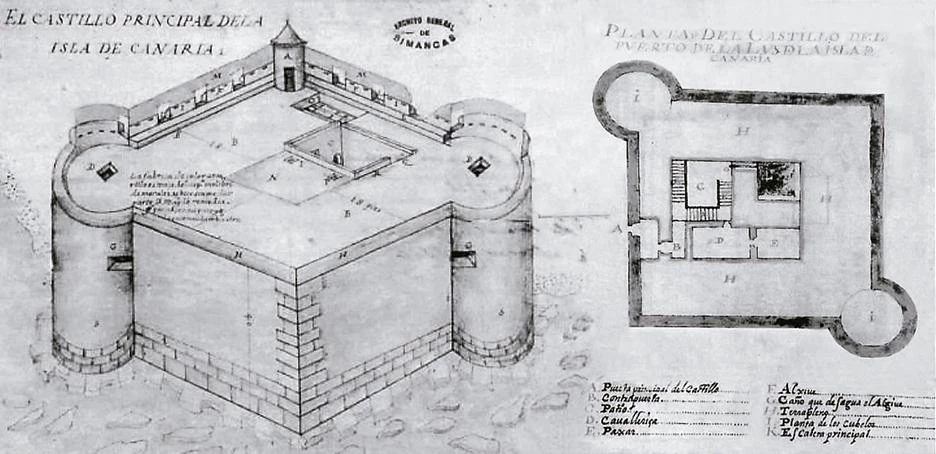
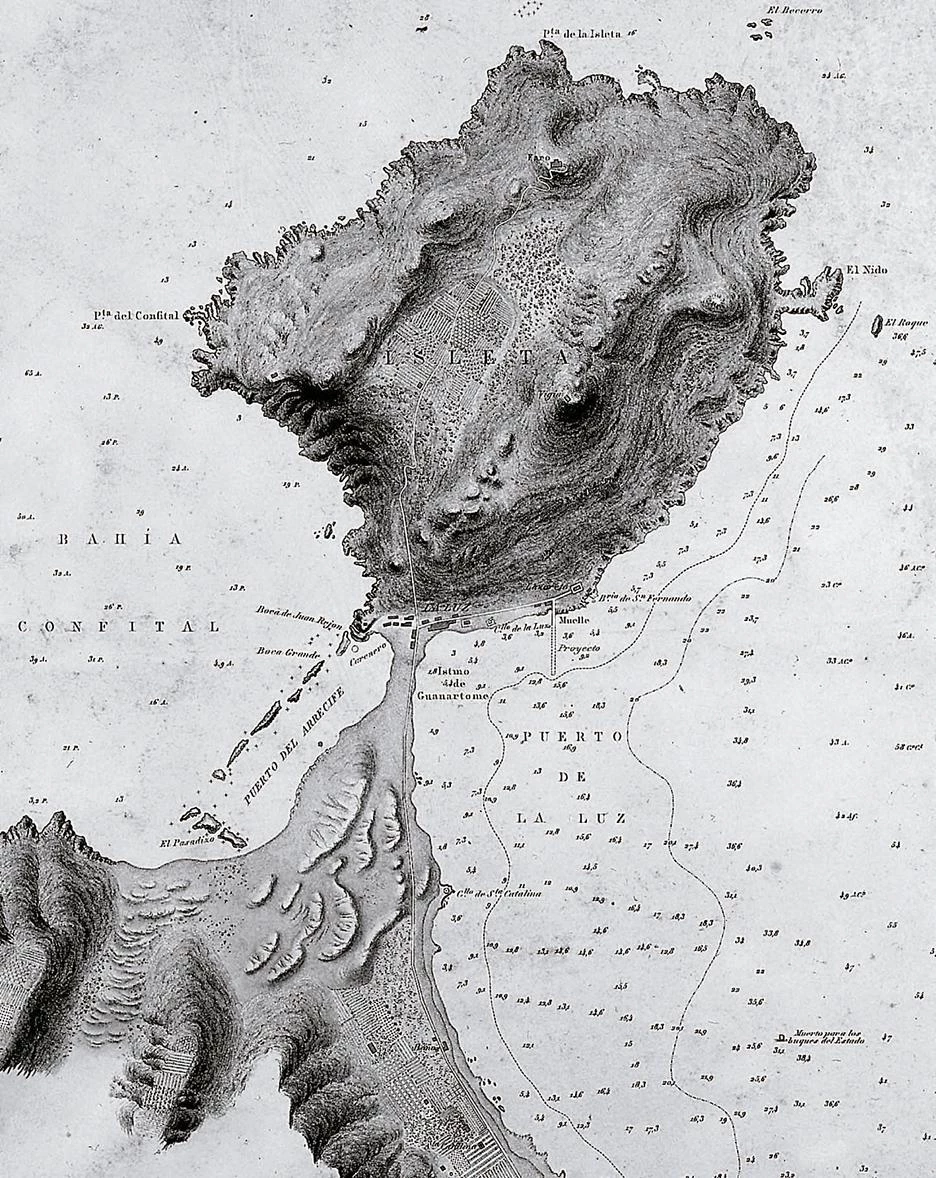
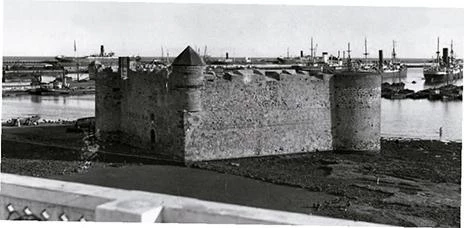
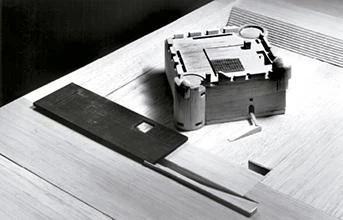
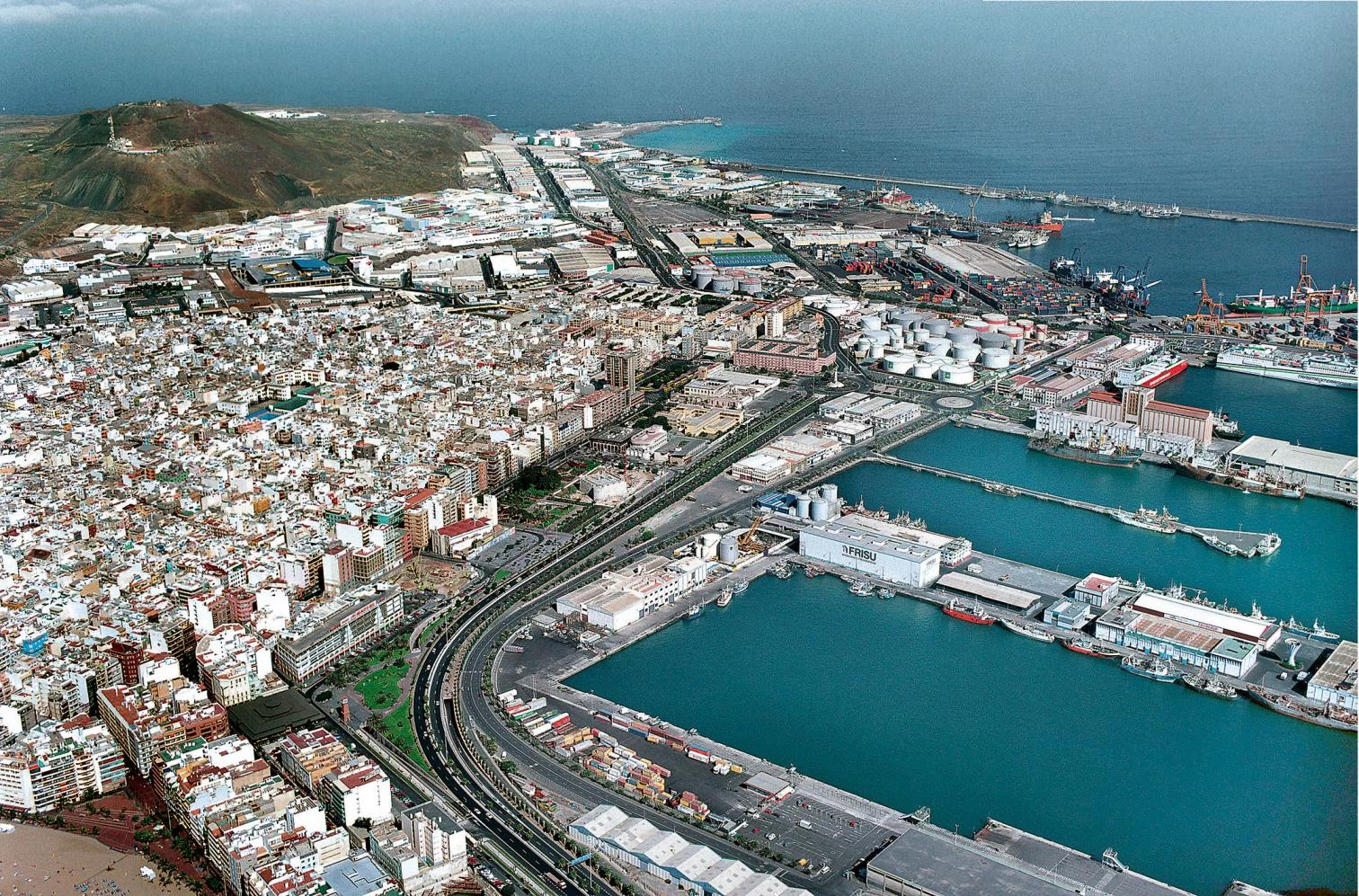

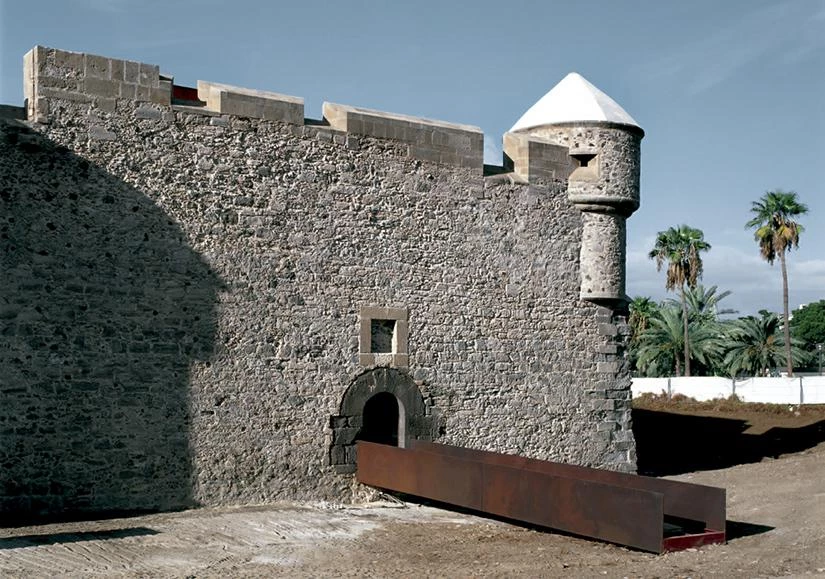


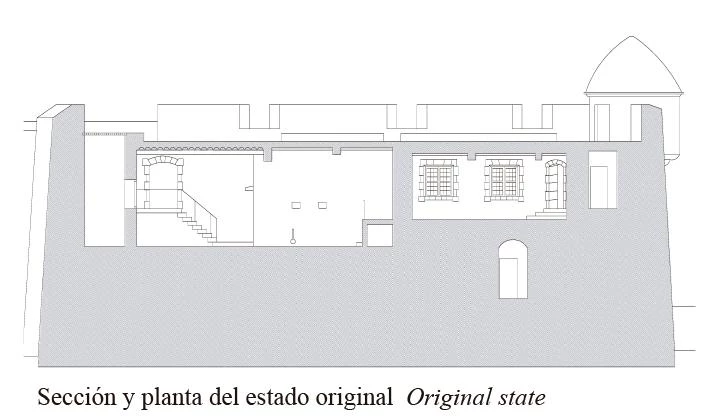
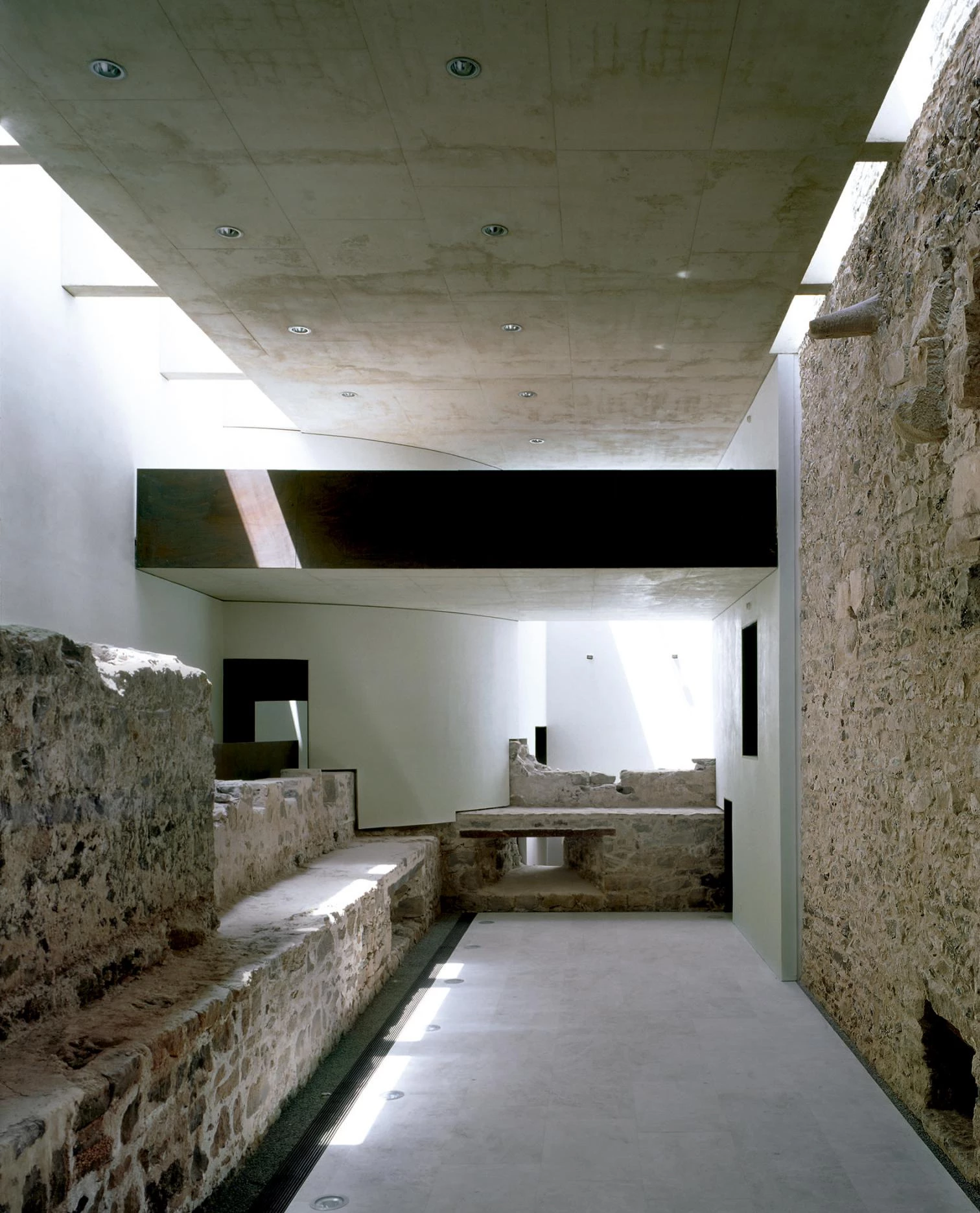
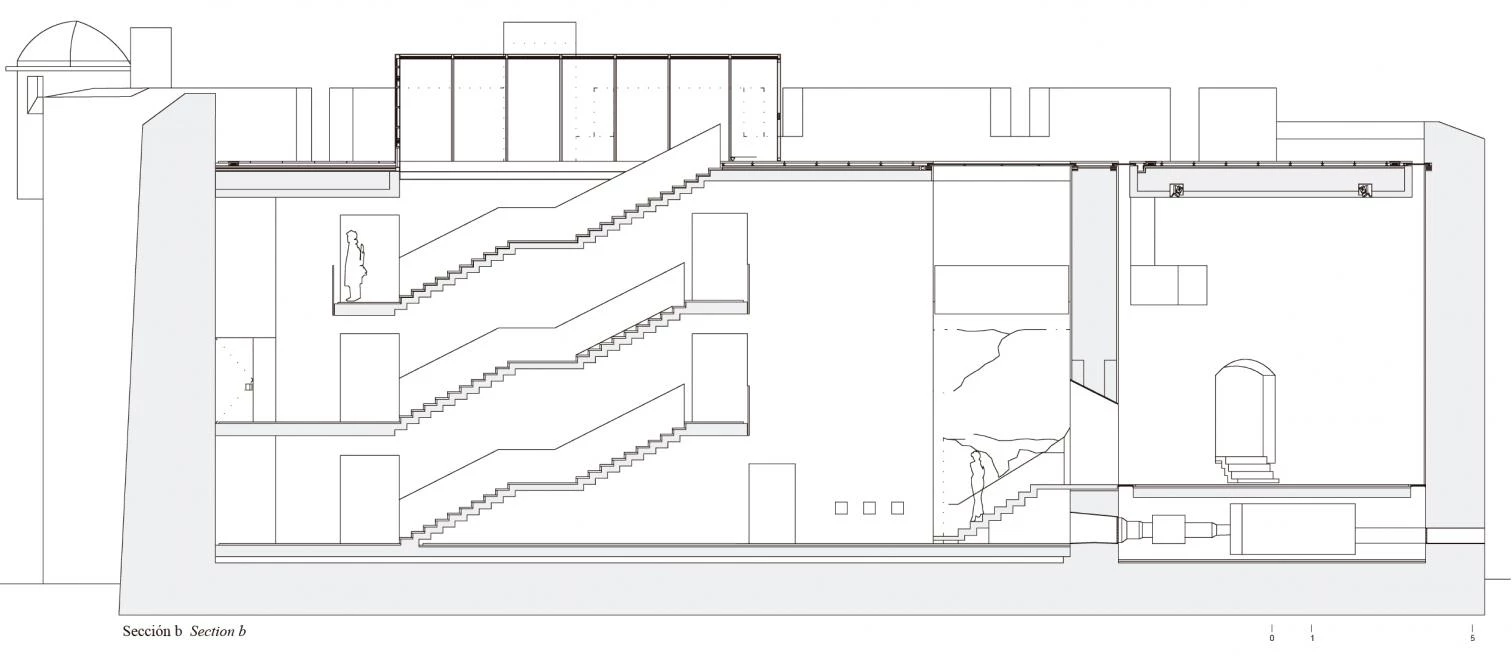
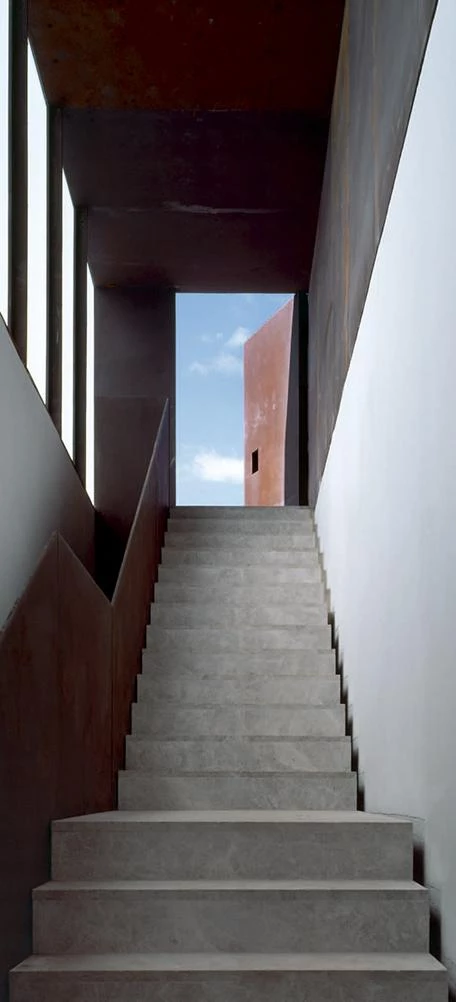


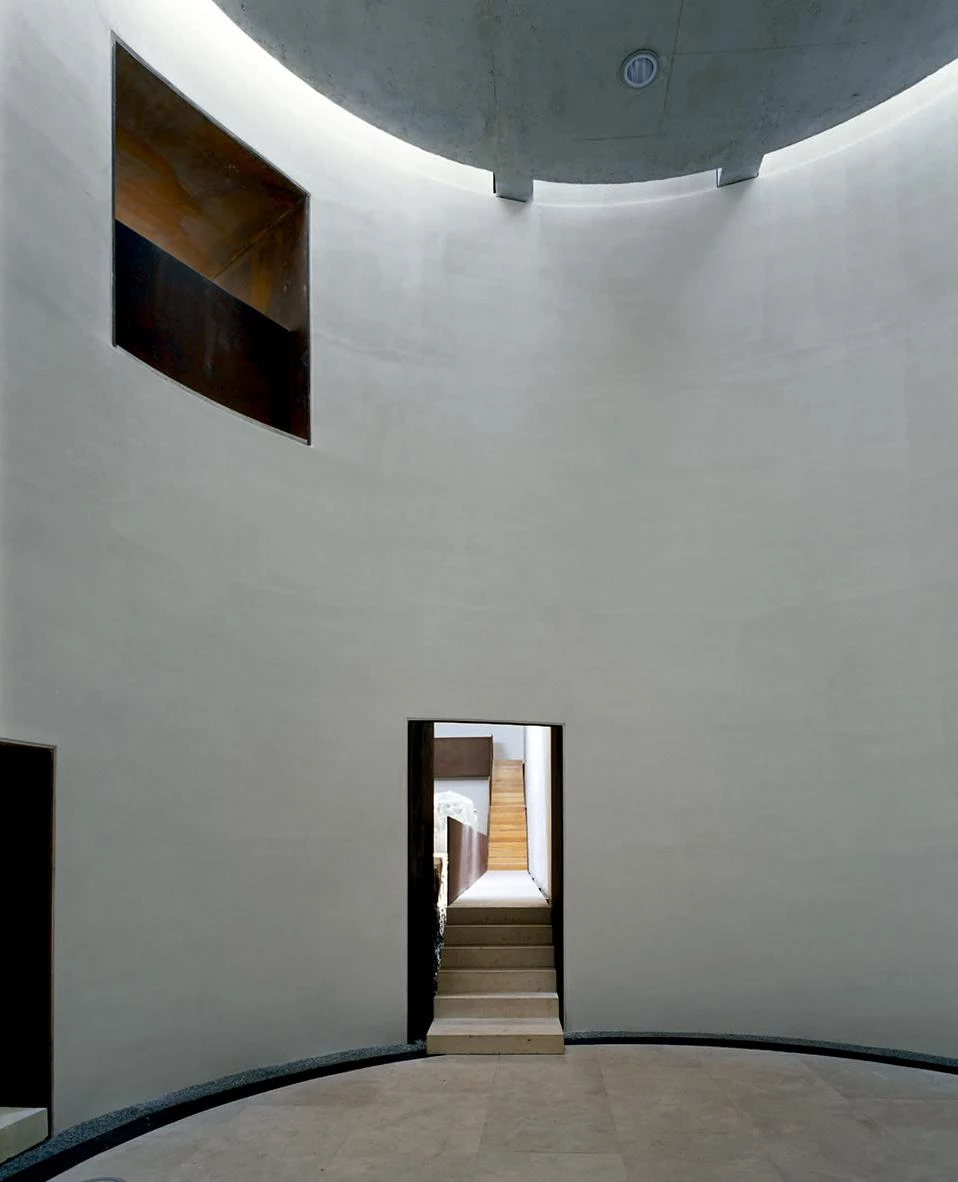
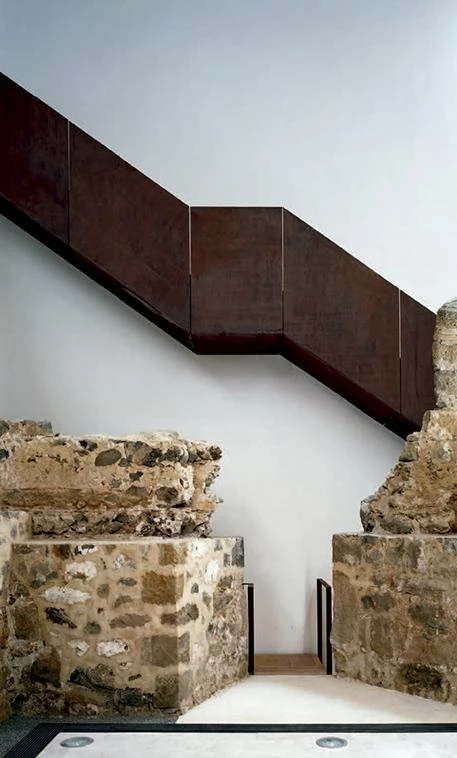
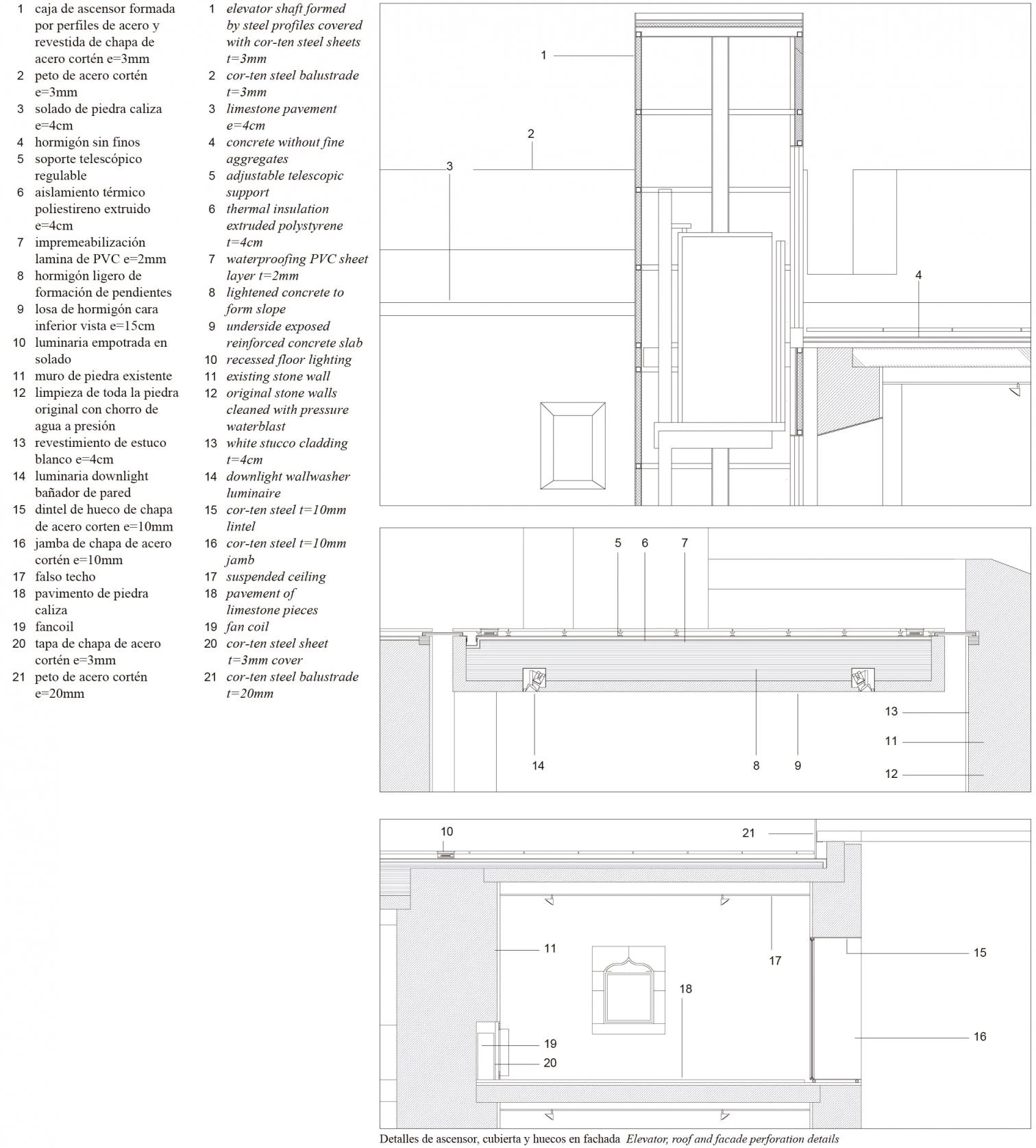
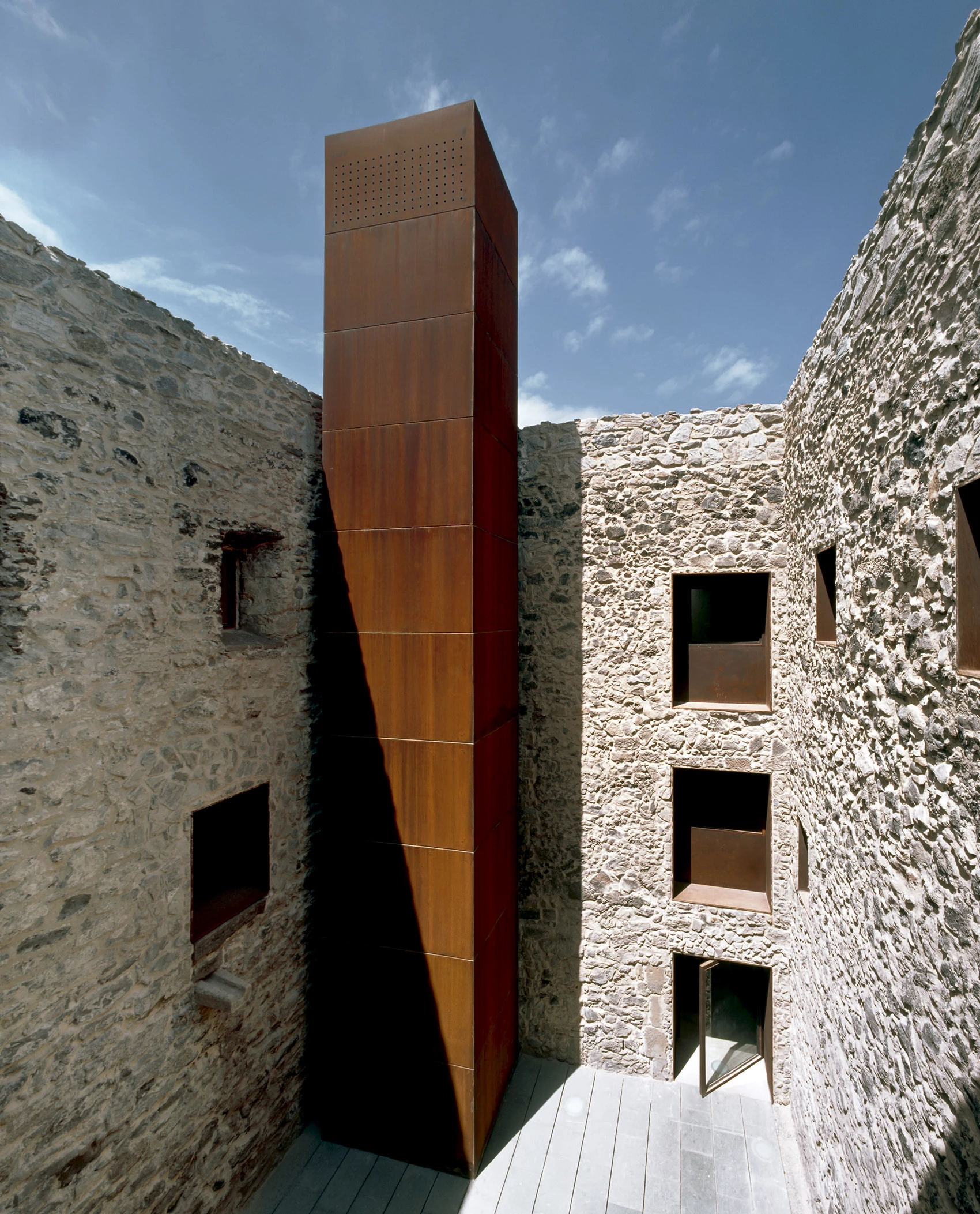
Obra Work
Castillo de La Luz
Cliente Client
Ayuntamiento de Las Palmas de Gran Canaria, Ministerio de Fomento
Arquitectos Architects
Fuensanta Nieto, Enrique Sobejano
Colaboradores Collaborators
Pedro Quero (arquitecto de proyecto project architect); Carlos Ballesteros, Mauro Herrero, Juan Carlos Redondo (equipo team); Fuensanta Nieto, Enrique Sobejano (dirección de obra site supervision); Miguel Mesas Izquierdo, José Mena, Edward Lynch (aparejadores quantity surveyors)
Consultores Consultants
NB35, Jesús Jiménez Cañas (estructura structure); Aguilera Ingenieros, Pedro Aguilera (instalaciones mechanical engineering)
Contratista Contractor
Dragados
Fotos Photos
Roland Halbe; Aurofoto; Paisajes Españoles
Fechas Dates
1999 (concurso competition)
2000 (proyecto project)
2003-2004 (construcción construction)

